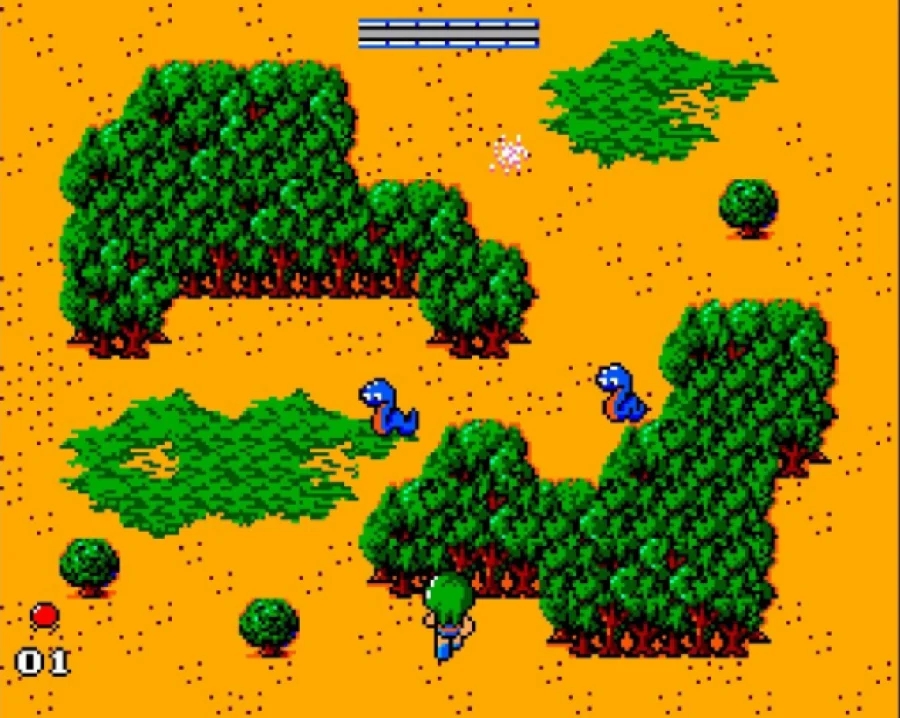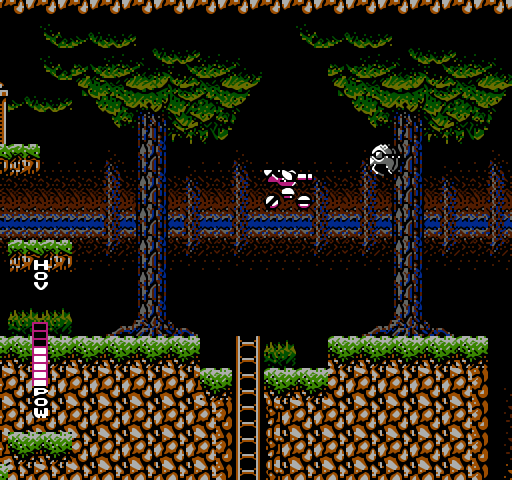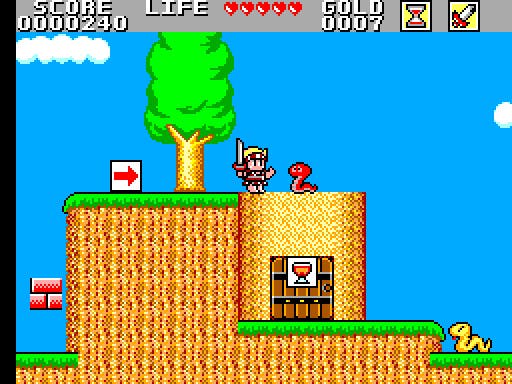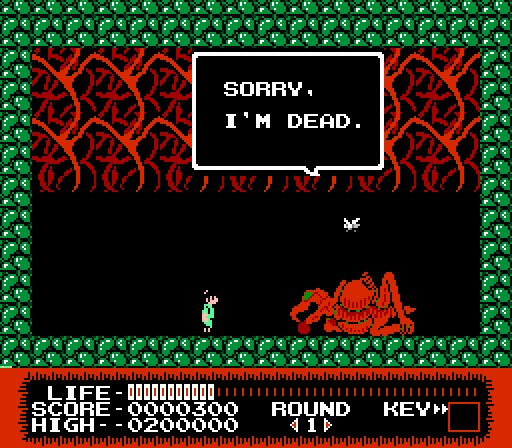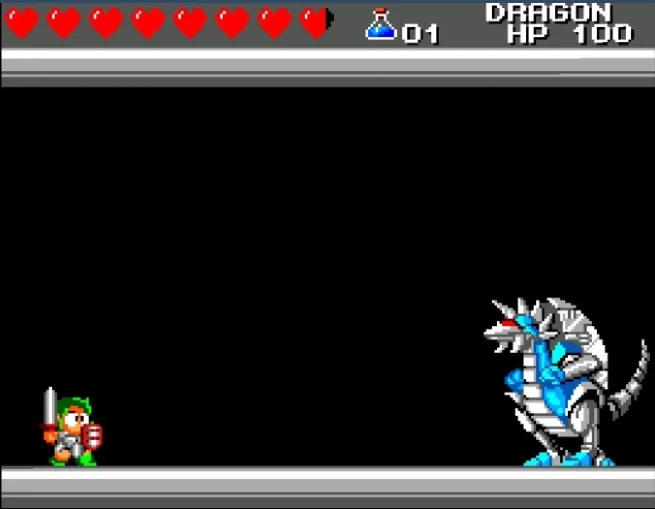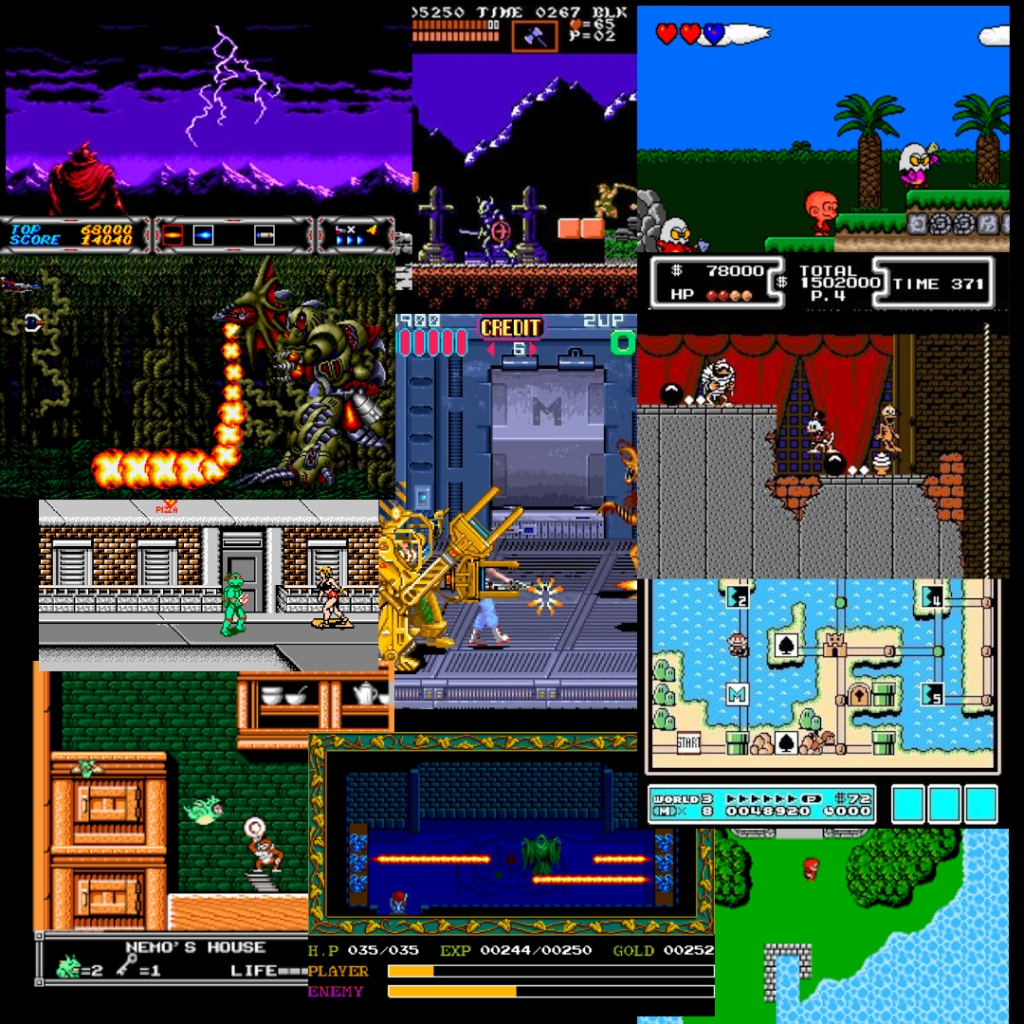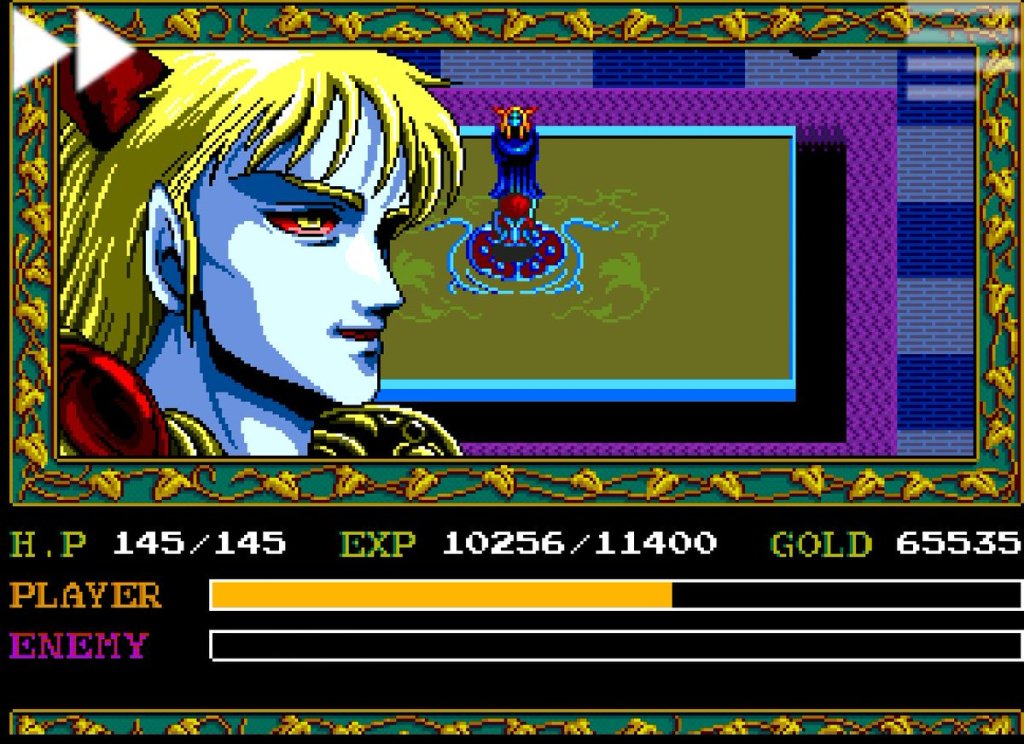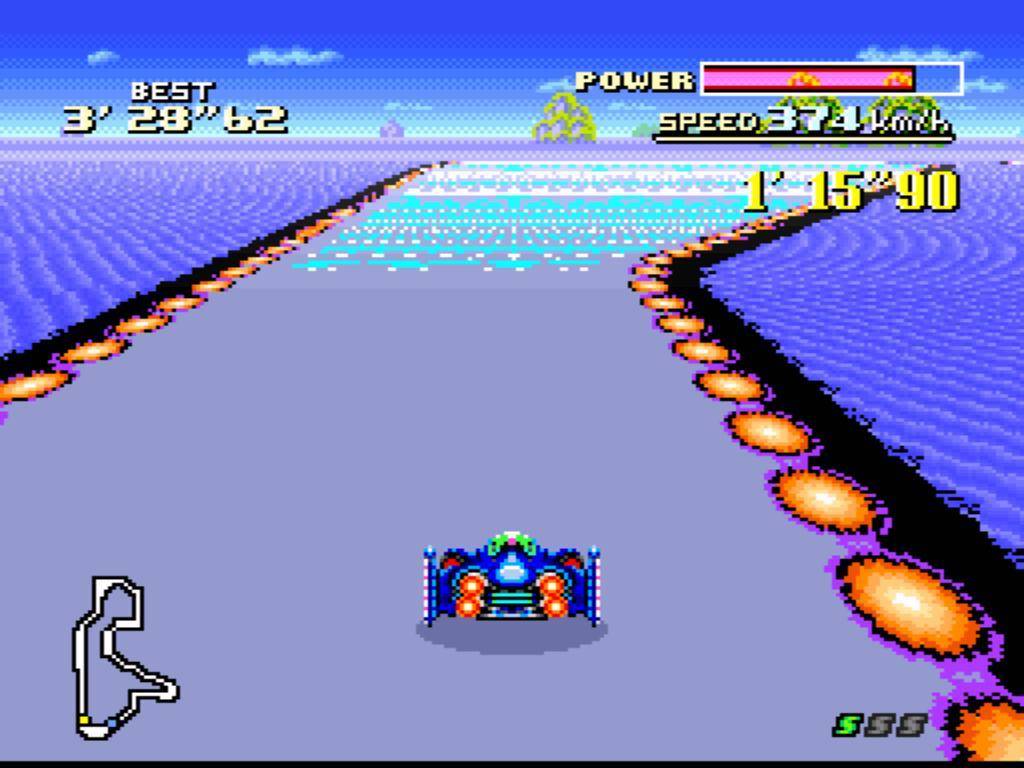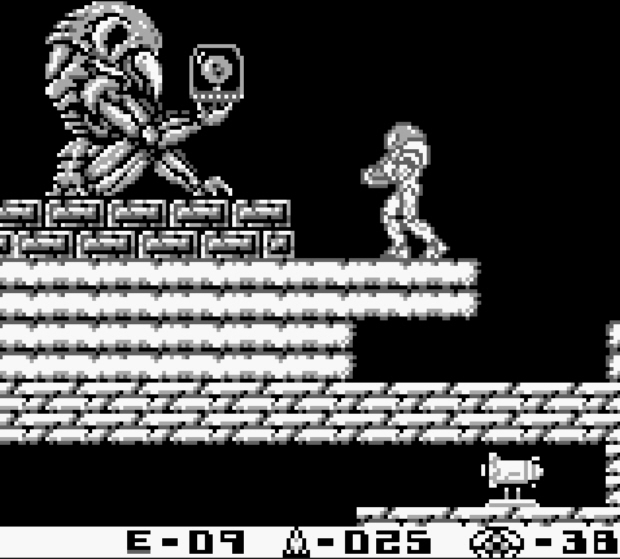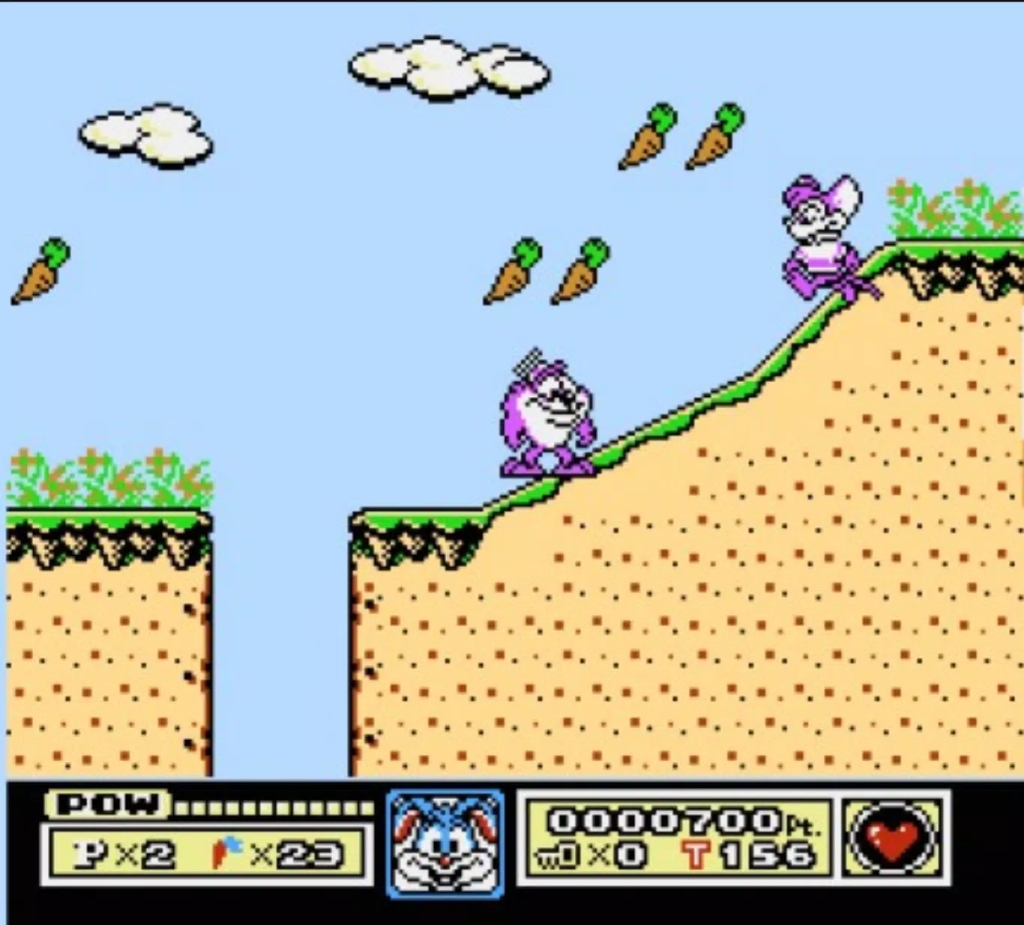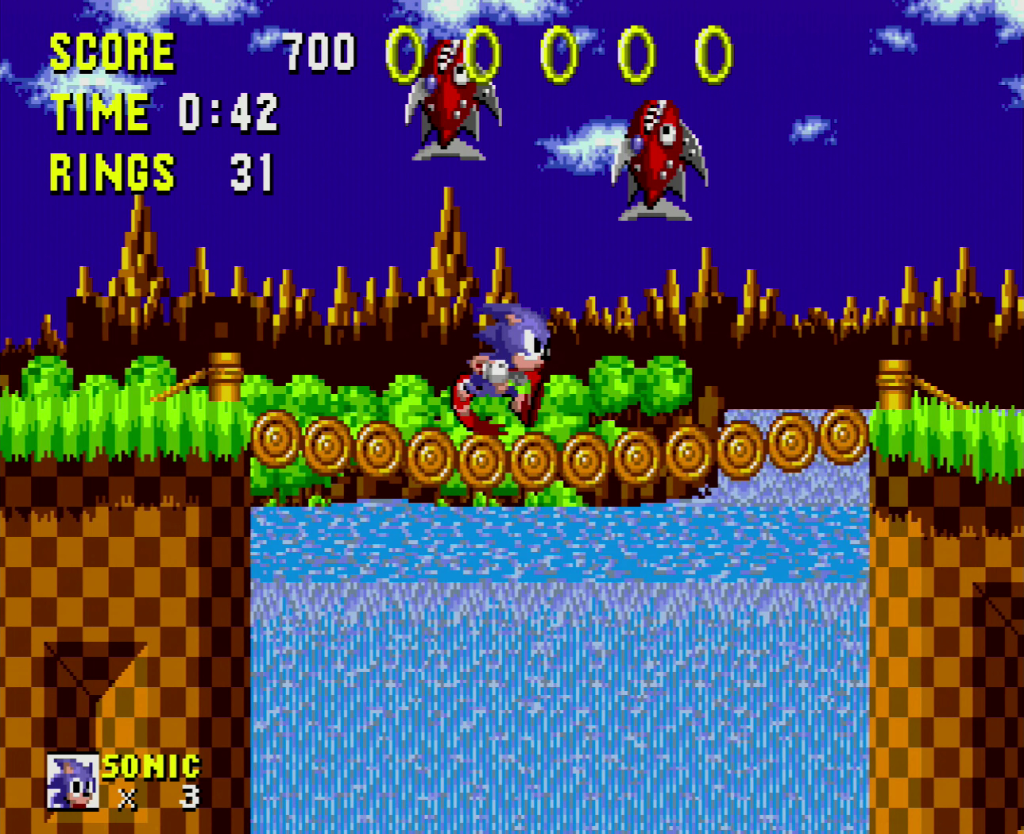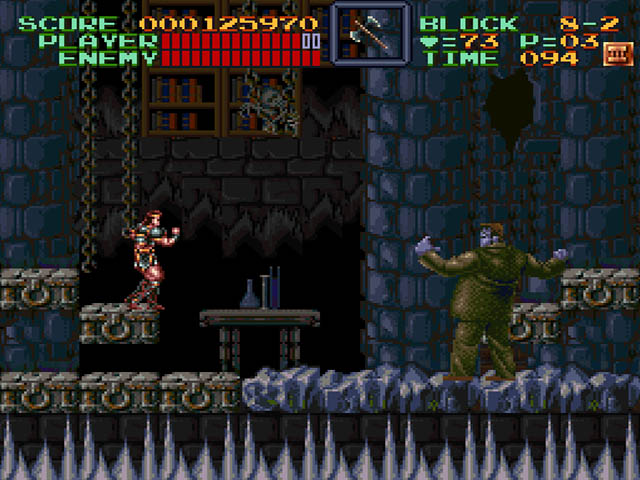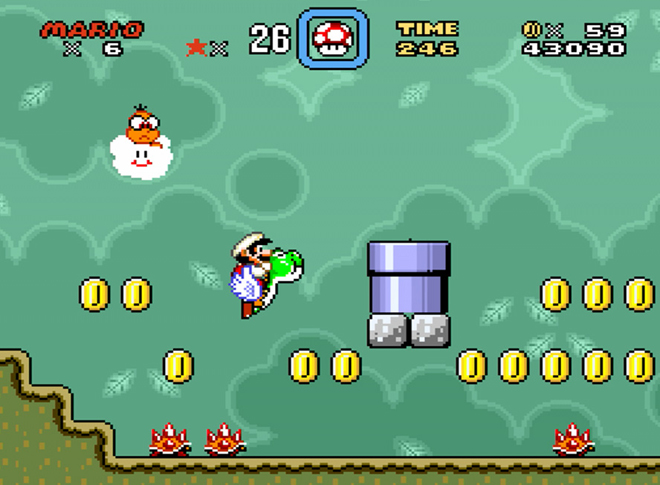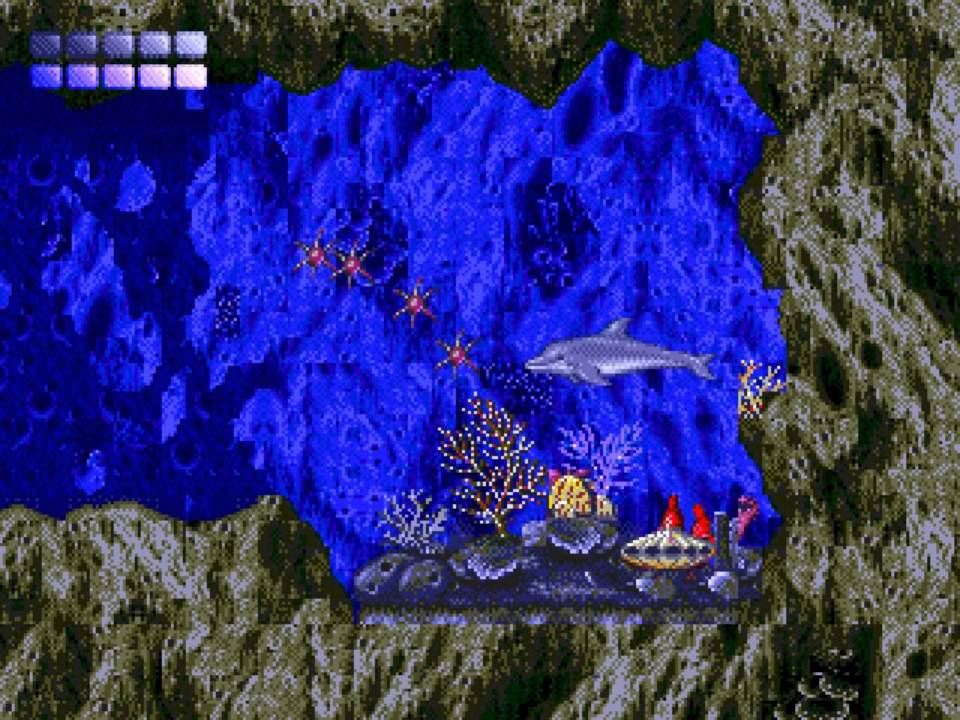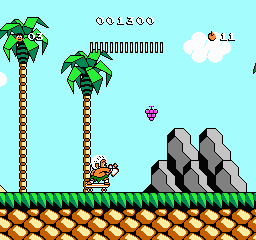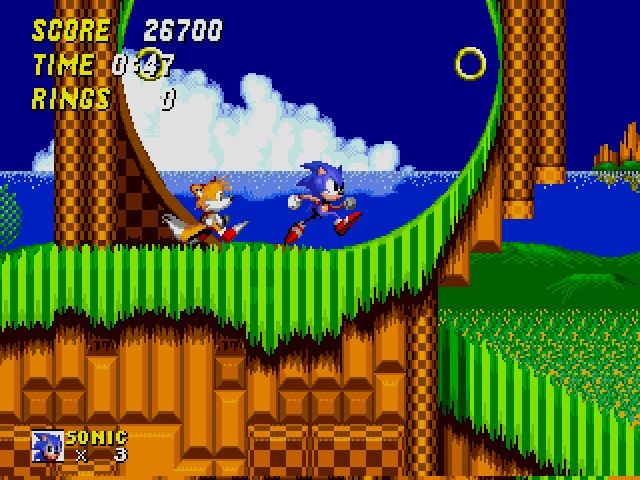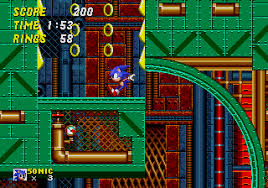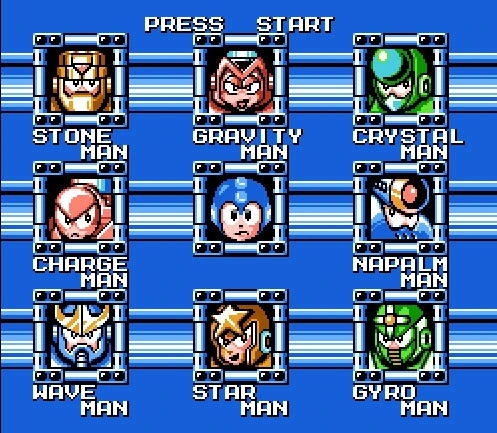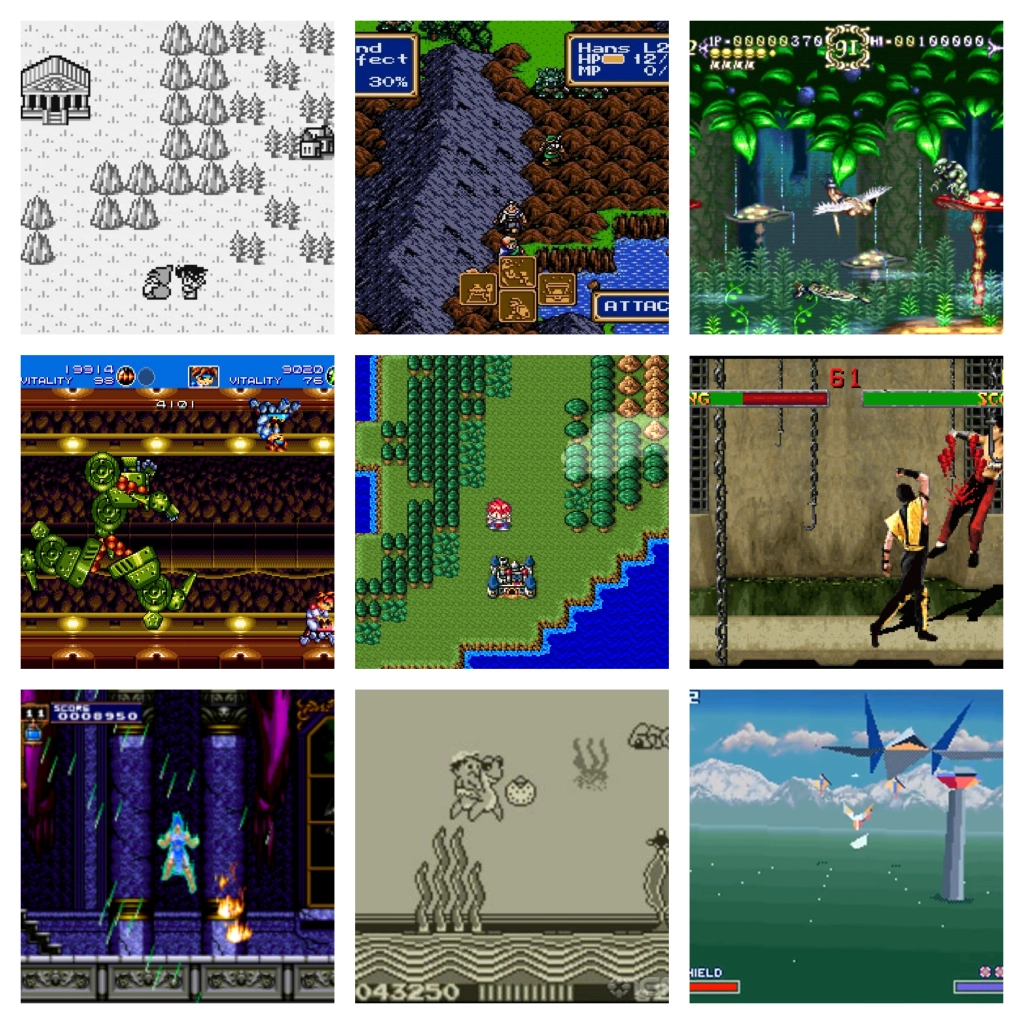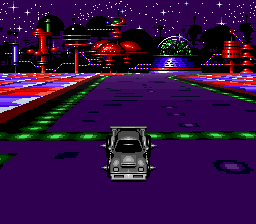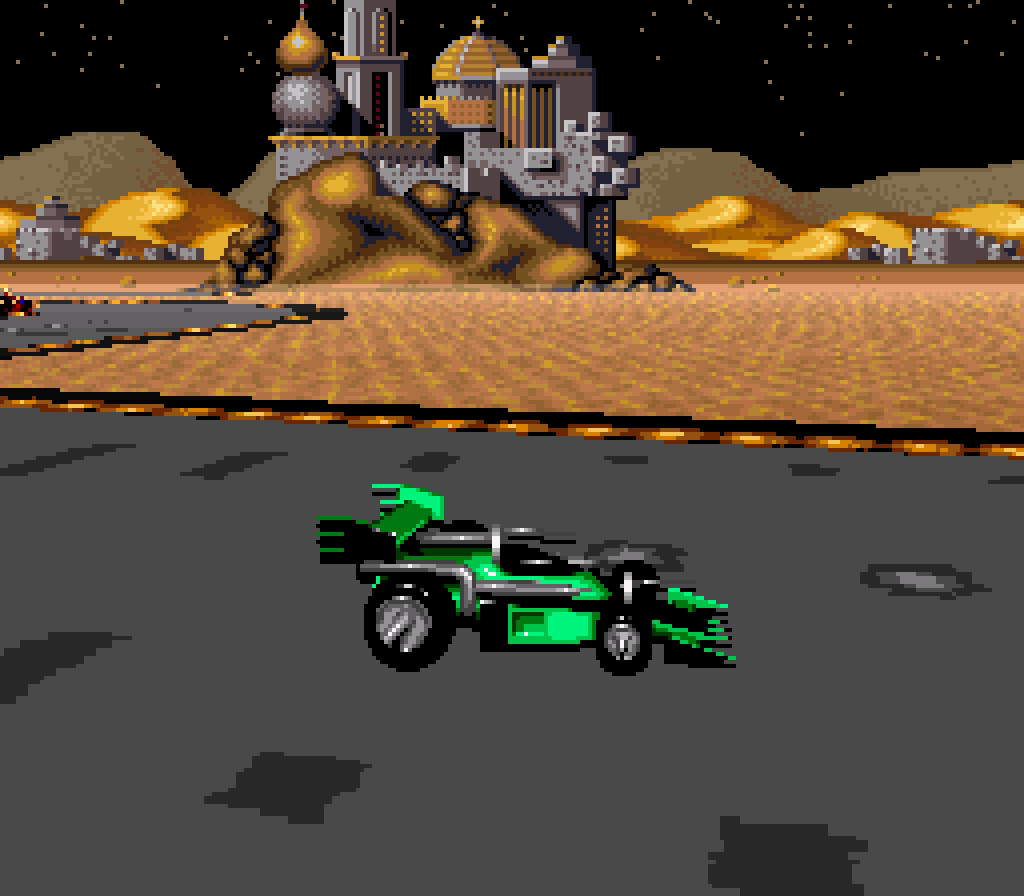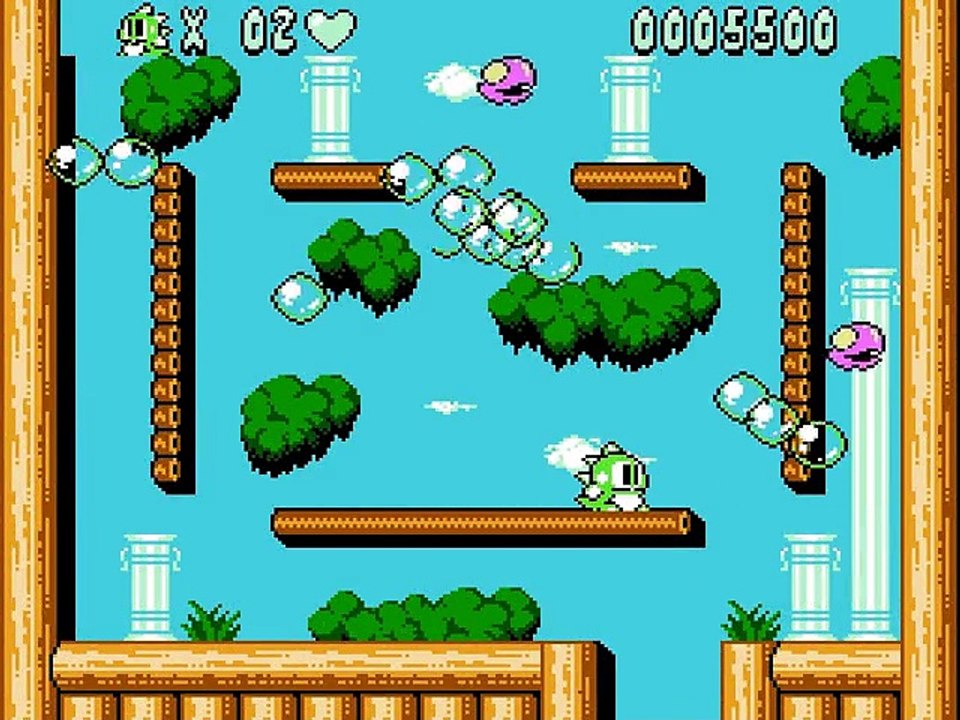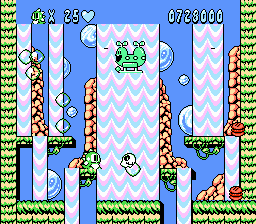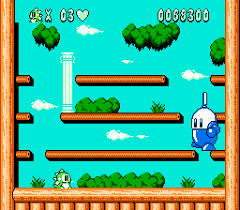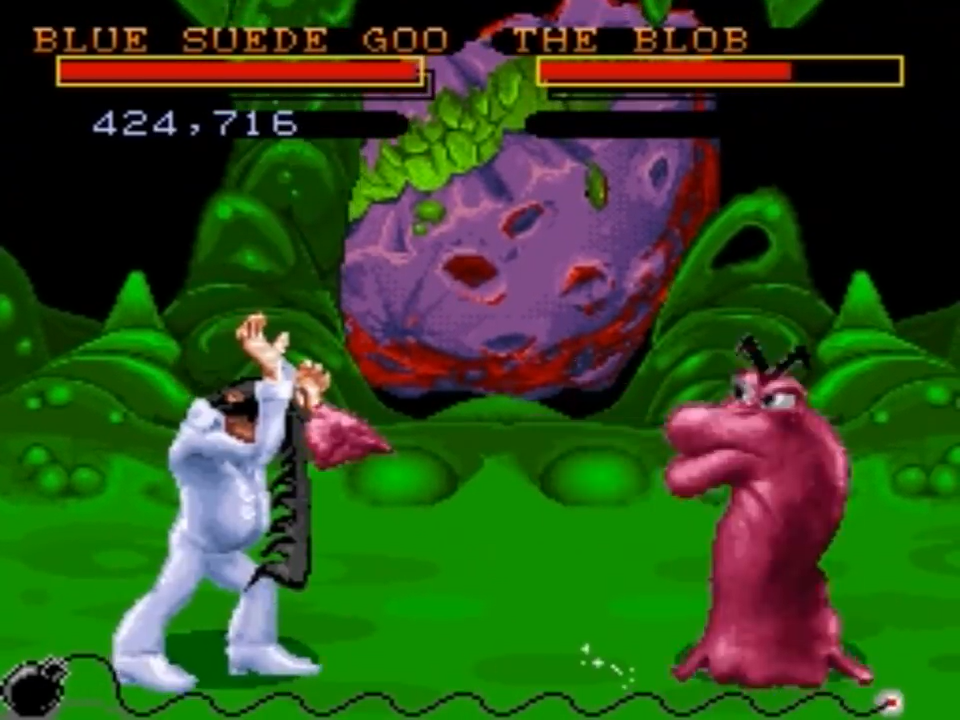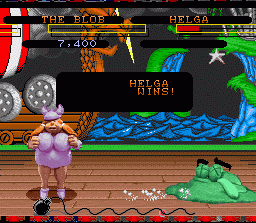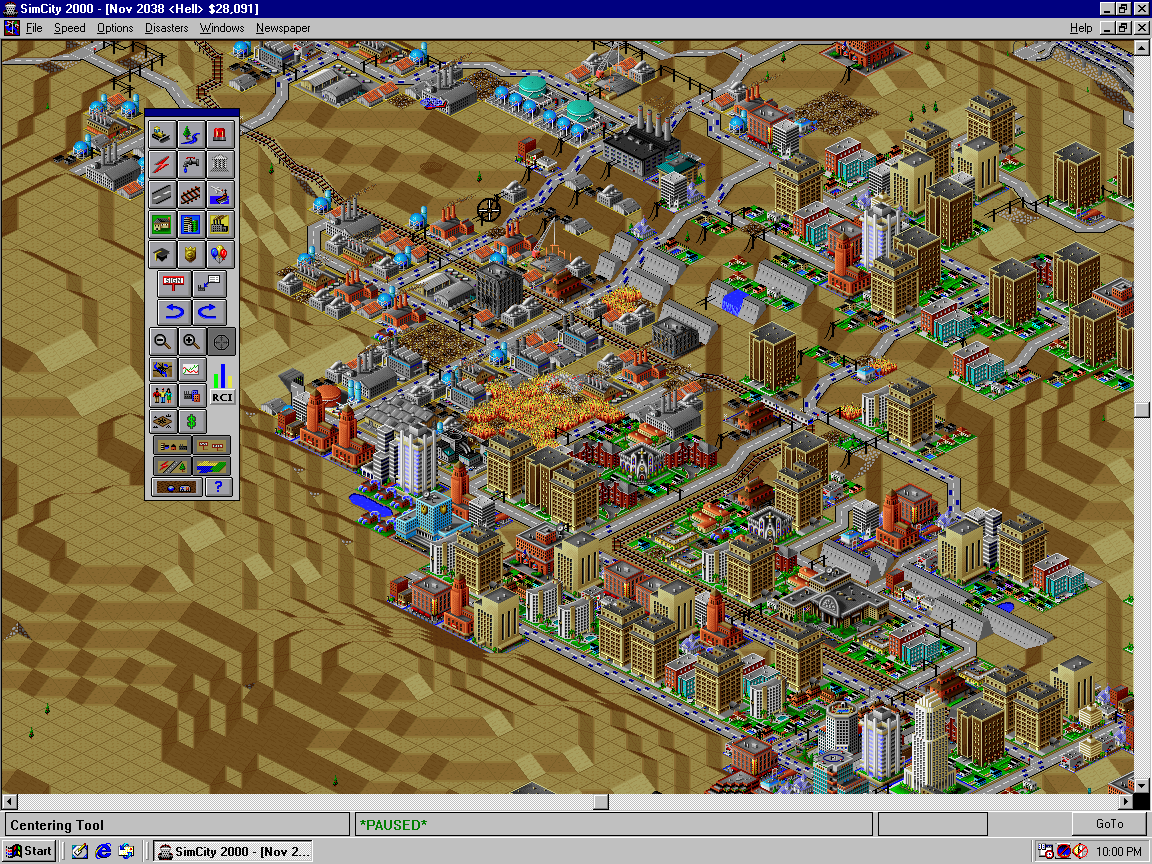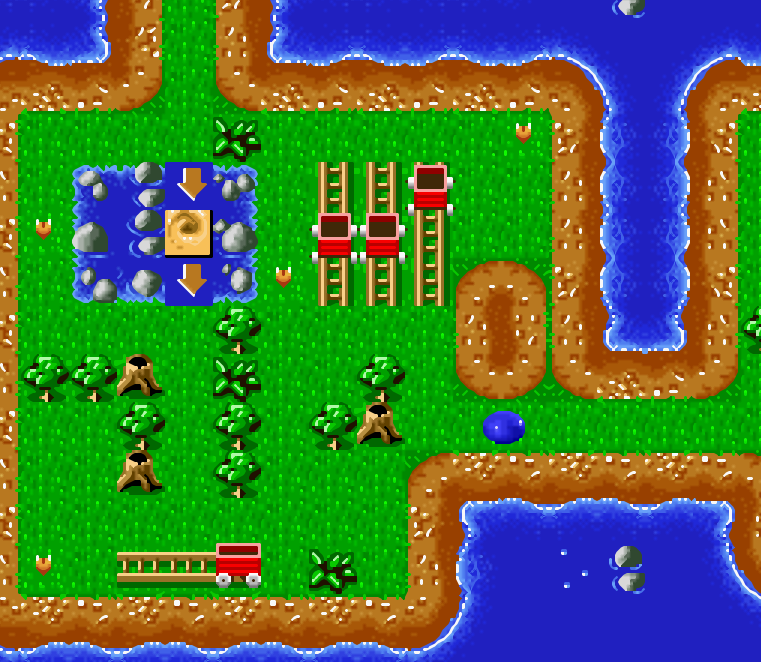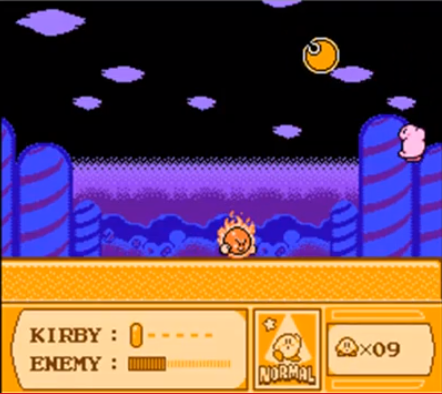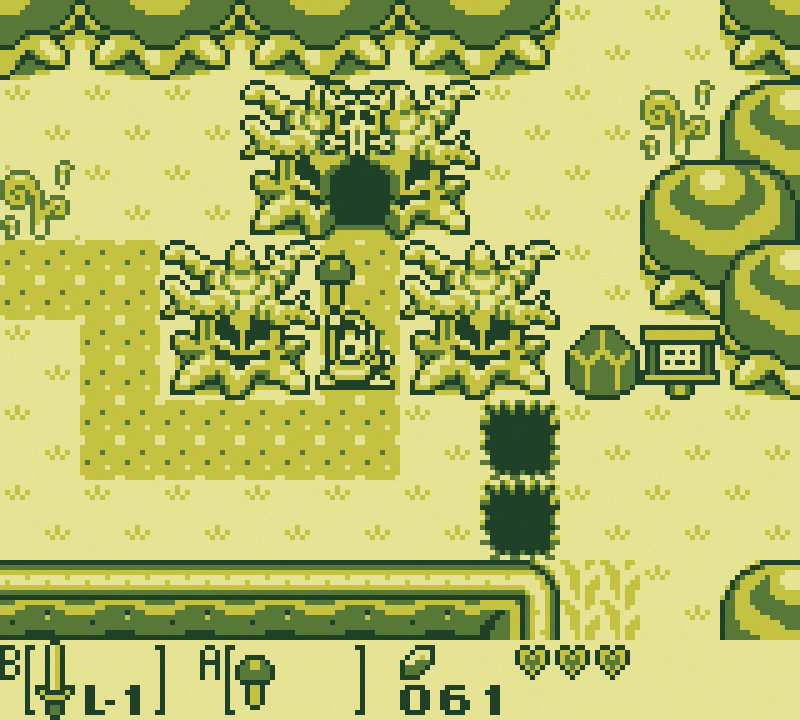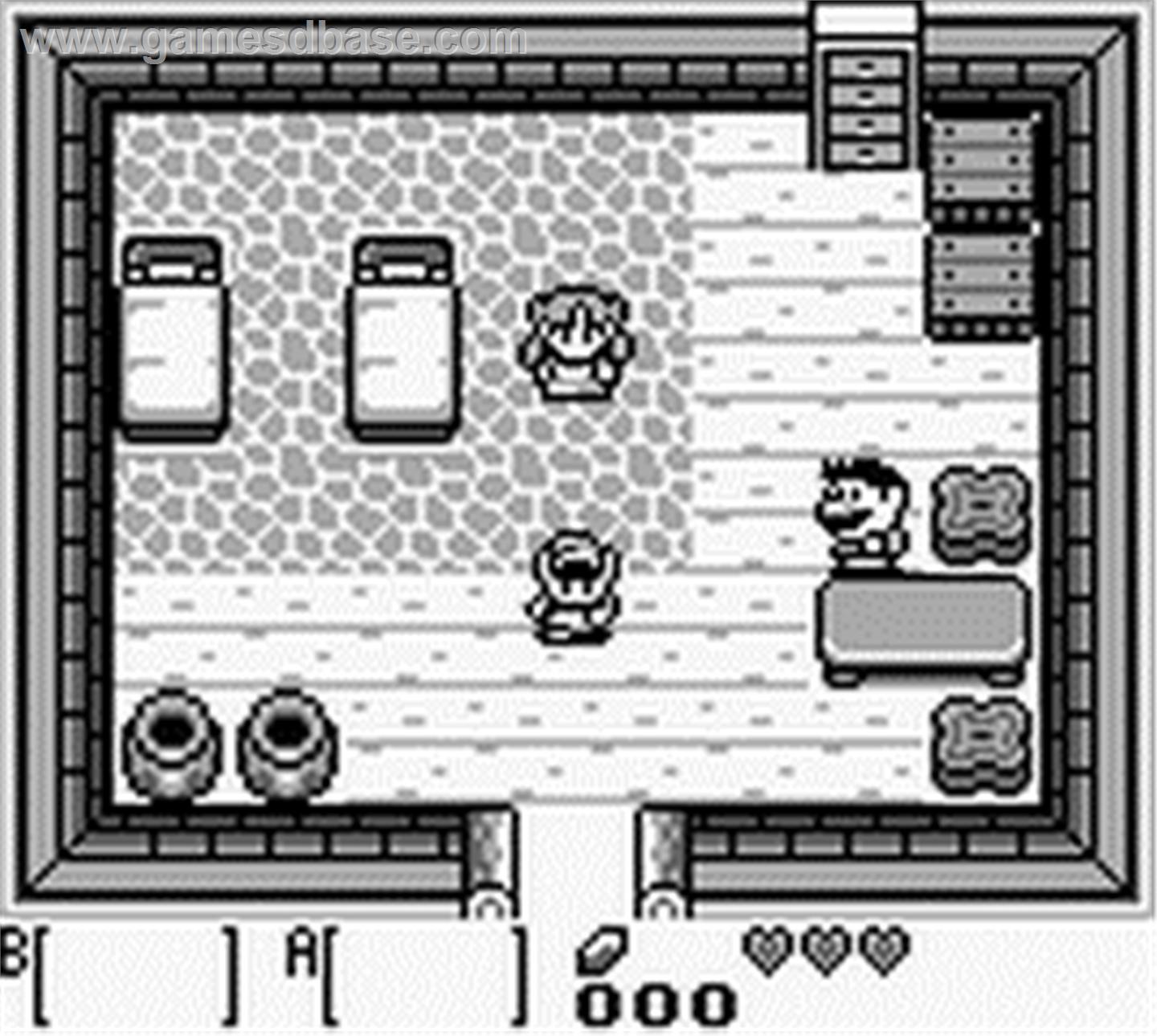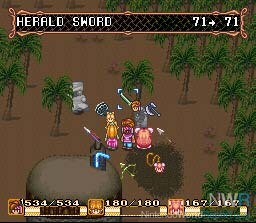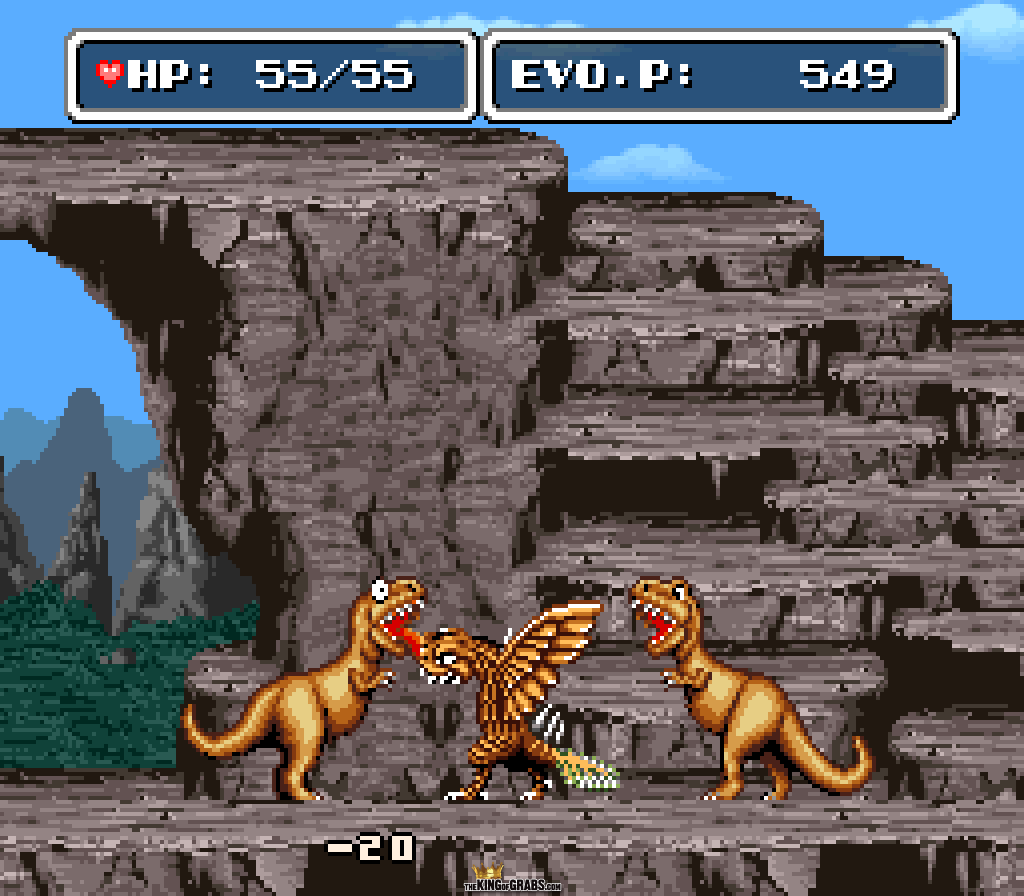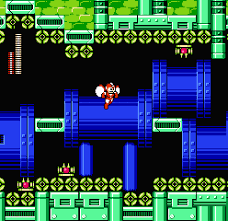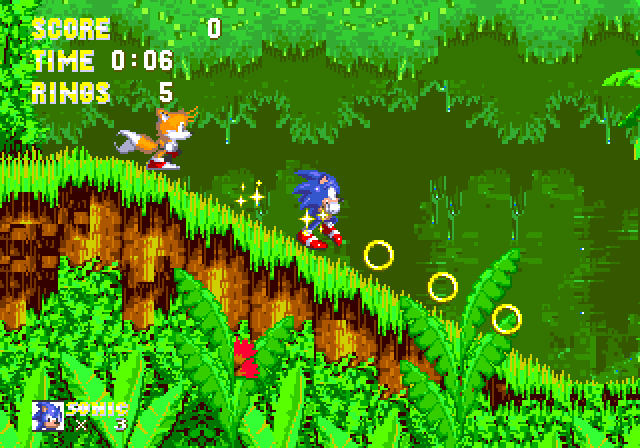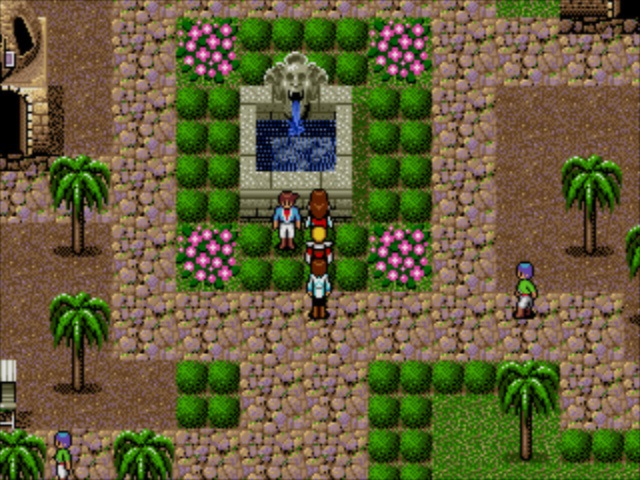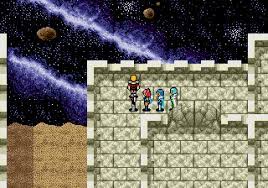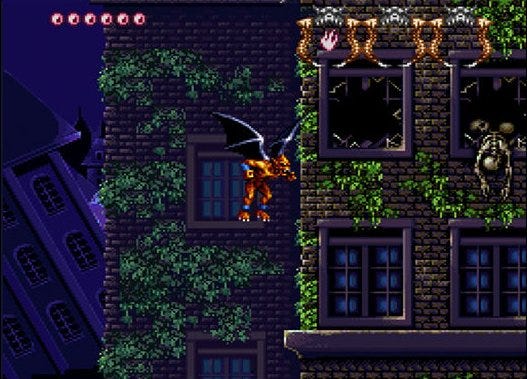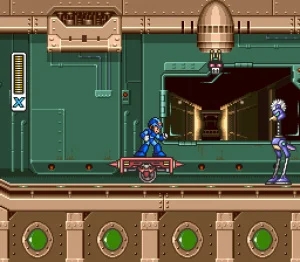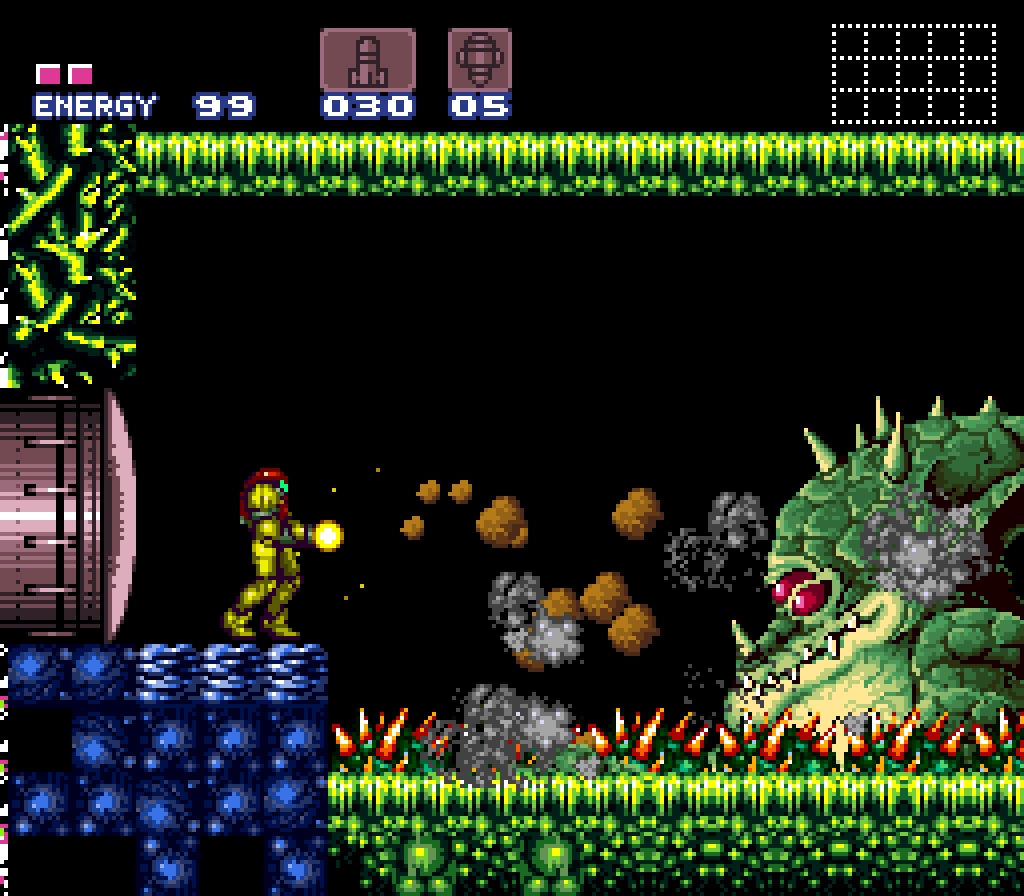
Blogger’s Note: I’m doing something here that I don’t like. I’m revising and re-posting an old blog post. I prefer to present new content, and that’s not happening here (well, at least 50% isn’t new). Now, my reason for doing this is that I wanted to do one of these for each year beginning in 1987. I felt that the best way to kickstart that was to update my original post. Also, I’m starting in 1987 because I researched years prior, and I simply couldn’t find enough games I was familiar with or fond of to constitute a list. Please note, this list uses North American release dates as that would be when the game was first available to me.

8. Rygar
Rygar is a game that I’m sad to say I didn’t get to fully experience in my childhood. It is one of the first titles to utilize a non-linear gameplay style and was also unique in the use of the Diskarmor as a weapon. Rygar also included sections that were side-scrolling as well as sections that are presented in from an overhead viewpoint. While Rygar only saw one sequel/remake, the title is still held in high regard today, receiving digital releases on the eShop as well as inclusion on Nintendo Switch Online.

7. Kid Icarus
Considering that this game series was dormant for many years, it’s quite amazing how popular this title has remained since its release. Built on the Metroid engine, Kid Icarus is primarily a vertical scrolling platformer that puts you in control of Pit. Your weapon is a bow and arrow and you ascend each level, fighting monsters, collecting hearts (currency), and purchasing upgrades and/or supplies. The vertical platforming is interrupted by maze like levels that you traverse one room at a time as you search for the boss. This is a difficult game without a doubt, but was designed well enough that it’s still very playable today.
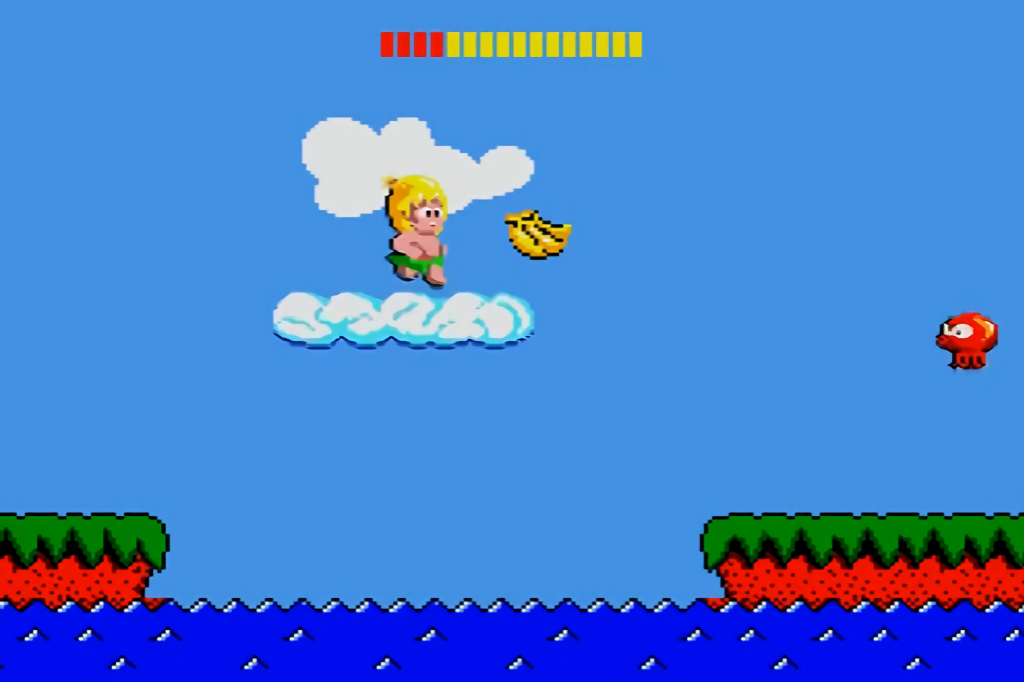
6. Wonder Boy
Re-imagined on the NES as Adventure Island, Wonder Boy is a nifty little platforming game. Instead of a timer, you are forced to constantly pick up fruit as your life meter depletes at a constant rate and fruit increases it. This could be extremely nerve wracking if you missed a few pieces or preferred to take your time in a level. This is also a pretty bare bones game, featuring just a couple of power-ups and none of the more adventure based gameplay that would follow in the sequels, but is still a very fun play.

5. The Goonies II
A sequel to a Japan only game that was based on the movie, The Goonies II is both very fun and very frustrating. A side-scroller, Goonies II allowed you to enter doors and search rooms for items. You could also exit these rooms to find the other side of the map (think of it as a mirror). Hand drawing a map to keep track of your progress was practically a must for this title. Still, in spite of these limitations, I still enjoy playing Goonies II. It has quite a bit of charm and, above exceptions noted, is designed quite well.

4. Castlevania
The roots of one of my favorite series began right here with Castlevania. Taking some lore from Bram Stoker (and, of course, Vlad Tepas), Castlevania put you in the shoes of Simon Belmont and tasked you with taking down the vampire Dracula, as well as a host of other fiends standing between him and you. Castlevania is not without its faults. The difficulty is brutal, as is the realistic but punishing jump mechanic (once you jump, there is no changing direction). Still, the game is extremely well made and while the platforming may be difficult, it doesn’t feel impossible or cheap. In addition to the entertaining gameplay, Castlevania boasts one of the best soundtracks of any NES game, including the now classic Bloody Tears track.

3. Mega Man
It’s hard to imagine that all of the sequels and spin-offs that were familiar with started because of this one title. Mega Man was revolutionary in a few ways. Choosing your level as opposed to progressing as the game dictates was practically unheard of, as was obtaining a boss’s power to use as your own. Mega Man has also endured thanks to excellent gameplay and level design. These staples have endured, resulting in the most recent sequel (11) being the best selling of the entire series.
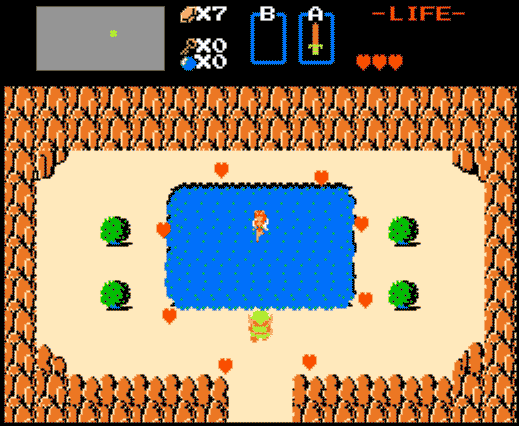
2. The Legend of Zelda
The grandfather of all adventure games. Much like Metroid, Zelda abandoned most conventions of gaming that existed upon its release and created its own rules. You controlled Link from an overhead perspective and moved one screen at a time. There are dungeon levels, but you are free to attempt them out of order, so long as you have the required items to reach them. The game does give you obscure clues about where to go, but they can be very tricky to figure out. While this can be frustrating at times, once you figure out what to do or where to go, it becomes a very rewarding experience. Legend of Zelda remains one of my top games, not just of 1987, but of all games.
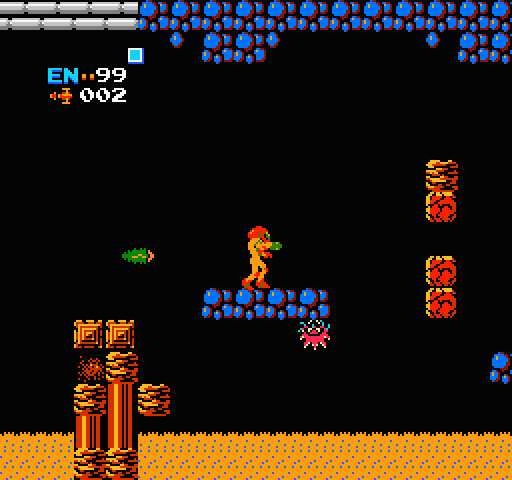
1. Metroid
Metroid broke many conventions upon its release. You were no longer forced to advance from left to right, you explored one large world with no separate stages, and backtracking was a must as your abilities grew. Metroid demanded some expert platforming to traverse the large world and take on the numerous enemies, but it was always well-designed platforming, sparing you from frustration or a sense of being cheated. Metroid also successfully created an atmosphere unlike any seen before. Everything in the game, from the music to the scenery, created an incredible sense of isolation. You were alone in this world and your success or failure was entirely in your hands. No mention of Metroid would be complete without citing the surprise ending, finding out that your adventurer was actually the female bounty hunter, Samus Aran, as opposed to being a man, which is what most players probably assumed. This seems like nothing major now, but in its time, a heroine was almost unheard of, especially one with the toughness of Samus Aran.



